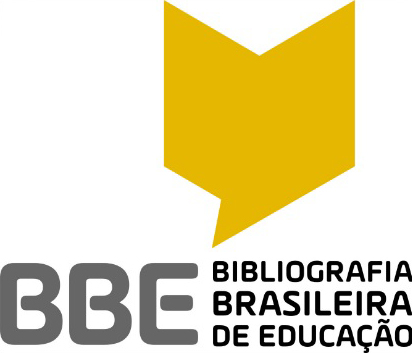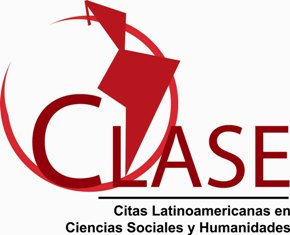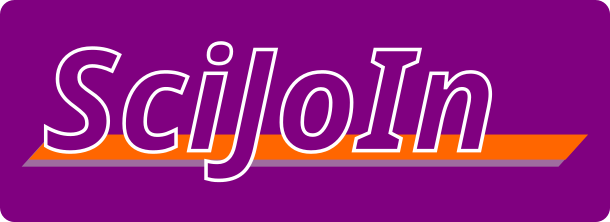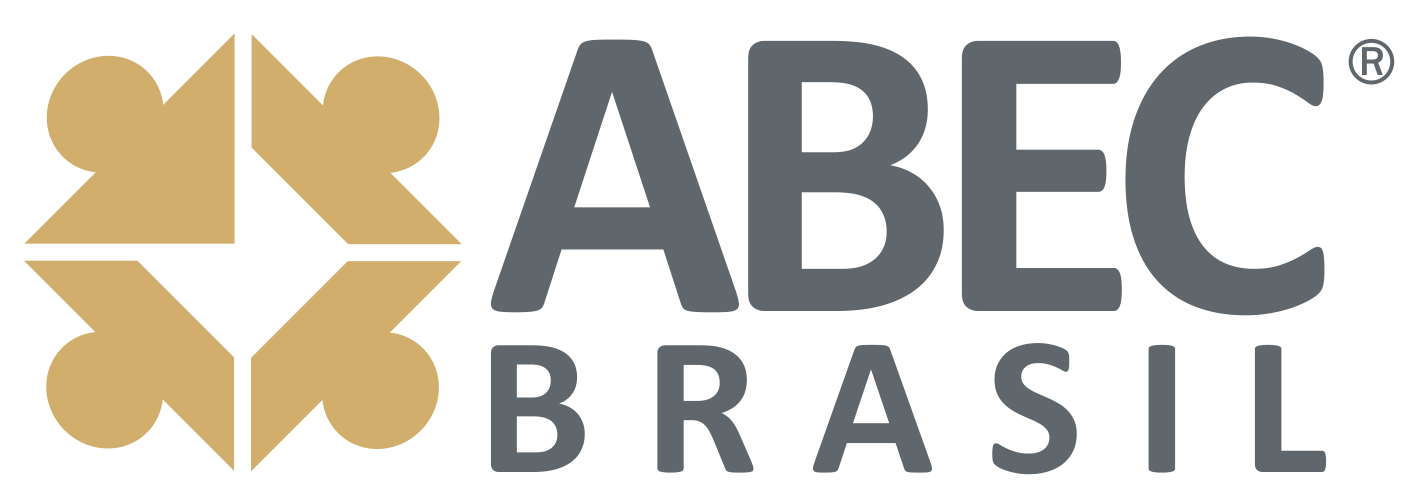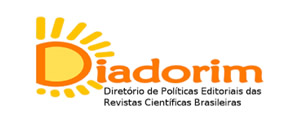New educational technologies as instruments that form the school culture
DOI:
https://doi.org/10.22169/revint.v9i15%20Es.820Abstract
ABSTRACT
The present work intends to discuss the introduction and application of new educational technologies at school as a possibility to outperform the "traditional" school practice in such a way to create a new school culture. In order to deal with the social and technological transformations, the school seeks alternatives towards the creation of a new educational praxis. The introduction of new technologies in the learning process demands that the education professionals reevaluate their teaching practice, taking into consideration the new modes of learning. On the other hand, the school has a stable structure. This organization is basically maintained by the irreplaceable presence of the teacher, the student, the material, the method, the curriculum, the time and the space. The introduction of digital technologies in the school setting is capable of rearranging the daily routine of the teaching practices, thus creating new school cultures. However, not only is the generation of a change in the teaching practices at school composed of the introduction of technological resources, but also of several other factors. It is necessary to understand how the different technologies were introduced and taken hold of, improving and modifying the teaching-learning processes, and consequently producing new ways of teaching and learning.
Key words: New technologies. School culture. Pedagogical practices.
Downloads
Downloads
How to Cite
Issue
Section
License
Os direitos autorais dos artigos publicados na Revista são de acordo com a licença CC-BY-ND - Creative Commons ( https://creativecommons.org/licenses/by-nd/4.0/legalcode)
Esta licença permite que outras pessoas reutilizem o trabalho para qualquer finalidade, inclusive comercialmente; no entanto, não pode ser compartilhado com outras pessoas de forma adaptada e o crédito deve ser fornecido ao autor.
Os direitos autorais dos artigos publicados na Revista são do autor, com os direitos de primeira publicação para a Revista









